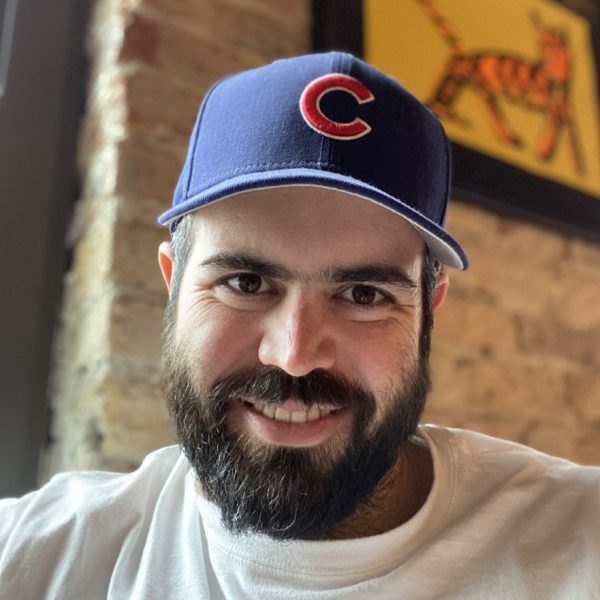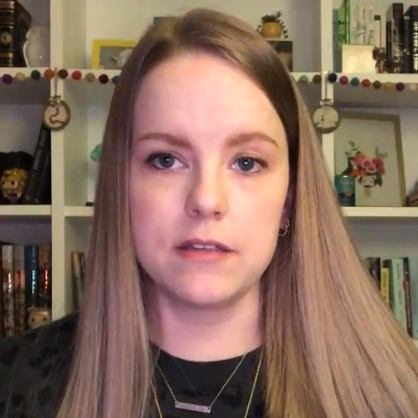The Push for
Competition
to Lower Drug Prices
The Push for Competition to Lower Drug Prices
Four in five Americans support changes to patent laws to address drug pricing.
We can lower drug prices NOW. There are bipartisan bills in Congress to lower drug prices through increased competition, transparency, and accountability that can bring affordable medicines to market sooner.
The bills would:
- Curb the abuses of patents by drug companies that extend monopolies to block generic and biosimilar competition
- Expedite FDA approval of general and biosimilar drugs by stopping abuse of citizen petitions and enabling FDA to equip generic companies to get to market sooner
Americans support further action to lower drug prices. It’s time for the Senate to take action!
What is Patent Abuse & Why Does It Matter?
Brand-name drug companies are manipulating the patent system to keep drug prices high.
What are some examples of patent abuse?
Product Hopping
Product hopping occurs when a brand-name drug company games the patent and regulatory systems by switching patients to a “newer” version of a drug (without generic competition) right when an older version is about to face competition.
Pay For Delay Tactics
A pay-for-delay deal occurs when brand-name drug companies pay a potential competitor to delay selling a generic version of a drug, therefore keeping it off the market in order for the brand-name drug to maintain its monopoly for longer.
Patent Thickets
Many big drug companies secure as many patents as possible on a single drug in order to artificially prolong monopoly periods and deter competitors. These “patent thickets” can prevent competition for years on end, keeping prices high for patients.
What’s the bottom line for patients?
Many drugs are still priced too high for too many people. By abusing the patent system, big drug companies can avoid generic and biosimilar market competition and keep prices high. It’s time to put patients over profits.
How Patent Abuse Harms Patients
“To keep my multiple myeloma cancer at bay, I take a medication called Revlimid, which costs me $20,000 each year on Medicare. To afford it, I have fundraised, searched for grants, sold furniture and my husband’s and my truck, and zeroed out our savings. The price of Revlimid has had real impacts on my husband’s and my quality of life.”

“I live with multiple myeloma, a severe and incurable form of blood cancer. I was first diagnosed in 2010, and a few years later in 2016 I lost my health insurance when I lost my job. The following year, I was placed on a life-sustaining regimen of medications which included Revlimid, currently priced at about $76,000 every four months. My co-pay was $2,853.”

“Enbrel, the drug I need to treat my psoriatic arthritis, is priced at over $7,600 every single month. If my ability to cover those costs goes away, I know I will go back to waking up every morning in pain. Already there have been times when I’ve had insurance gaps or before I’ve hit my deductible when I’ve been forced to dip into my savings and jeopardize my financial health to preserve my physical health.”

“I live with plaque psoriasis – a painful condition that leaves me with painful sores all over my body. I feel incredibly lucky because I found, what I considered, a ‘wonder drug,’’ Humira. It helped me treat the painful sores on my body that had plagued me for years. But when I retired, I was shocked to find that my wonder drug would cost me nearly $10,000 out-of-pocket each year. I simply can’t afford that.”

“I suffer from rheumatoid arthritis, diabetes, asthma, and gastroparesis. Even with Medicare, I spend almost $15,000 a year just on my Humira medication, a drug whose price has increased by over 450% since 2006. To afford my medications, I make sacrifice after sacrifice, often rationing or going without my other needed medications. Humira’s high price has drastically impacted me and my health.”

“I’m a journalist, artist, chronic illness advocate, community leader, and since the age of 10, | have been living with Crohn’s disease. Crohn’s disease is a chronic inflammatory bowel disease. To treat my Crohn’s, I take Stelara, an incredibly expensive drug that is listed at $13,258 per dose. It is inhumane that anyone should have to wonder if they can afford to live and afford the drugs they need.”

“I am a full-time graphic design and marketing professional currently living and working in Cedar Falls, lowa. Having a chronic illness is stressful enough. Even with my exceptional coverage, not a day goes by that I do not think about Stelara’s price and stress about the what ifs. What if I lose my job? What if my employer changes our insurance plan and my treatment is no longer affordable?”

“For my leukemia, my oncologist prescribed the oral chemotherapy Imbruvica, which has a monthly list price of over $17,000. Every year since 2014, Imbruvica’s price increases have outpaced inflation, putting it even further out of reach. I rely on grants each year to cover the cost, and constantly stress about whether my funding will renew for the next vear!”

Watch Now
Spread the Word
Click to tweet at your elected representatives asking them to take action on patent reform!
Patent thickets, pay for delay and product hopping are all tactics that Big Pharma uses to game the system and keep our drug prices high. It’s time to crack down on drug company gaming and promote competition.
Tweet this!Join me in calling on Congress to immediately pass bipartisan bills that crack down on Big Pharma's anti-competitive practices & close regulatory loopholes to promote competition and lower drug prices!
Tweet this!